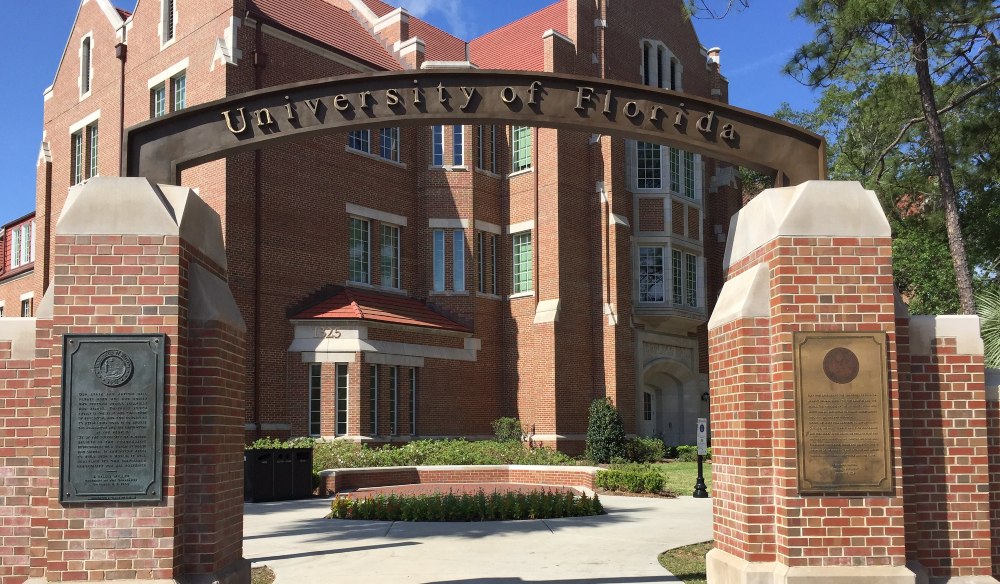A safe prediction about the next sector to be seriously pressured in this Age of Disruption is universities. Two examples, and one local historic case, are pertinent about university stop-and-start governance and political interference. Emerging issues will be affordability, political correctness, donor interference, amateur athletics, affirmative action for admissions, and governance. I wish I felt more confidence in the fragile governing structures of these unwieldy beasts, particularly at a time of searching for new presidents at Harvard, Howard, NYU, Michigan State, and Columbia.
The first disturbing episode is the case of Ben Sasse, the Trump-skeptic Republican Senator from Nebraska, who now aspires to leave the U.S. Senate and become the new president of the University of Florida. That decision is sufficiently unpopular on that campus to have forced Sasse to flee a confrontation from outraged students.
Sasse would seem to have tip-toed a fine line. He criticized Trump sharply a few times and even voted to convict Trump in the second impeachment trial, but continued to vote a conservative line and avoid a full break. He was positioning himself deftly for rising in a post-Trump GOP, a gamble he lost. Instead Sasse is finding (as are many others) that having served Trump or apologized for him is not exactly a plus on your resume, particularly in liberal bastions such as universities.
Sasse’s escape to academe is proving rocky. Sasse has a PhD in history from Yale, is a graduate of Harvard and St. John’s, and served as a president of Midland University in Nebraska. He won easily in his first race for the Senate and is serving his second term in deep-red Nebraska.
But the match with the University of Florida is proving toxic. The school is under attack by Gov. Ron DeSantis, who has signed bills undermining tenure and urging surveys of faculty and student political views. (Former Wisconsin Gov. Scott Walker is the leading politician in attacking higher education through sharp budget cuts, and his discovery of a new wedge issue shows signs of going national.) DeSantis holds a hammer over the UF, since he appoints 6 of the 13 governing board members. Feeling besieged from the right, the appointment of Sasse in the Democratic stronghold of higher education lit the fuse of student and faculty protest, and bodes ill for his stay as president.
Meanwhile, Michigan State University has just seen its third president since 2018 resign early. The latest is Sam Stanley, president since 2019 after serving as president of Stony Brook University. Stanley up and quit, citing interference from the governing board over proper compliance with a vague law passed after the exposure of Lawrence Nassar, the infamous gymnastics doctor. At MSU, the eight-member board is elected, making it even more susceptible to political gusts.
The chairwoman of the MSU governing board has criticized the board for micromanaging, and the faculty senate voted 55-4 to declare no confidence in the board. The president’s office has become a revolving door, and efforts to move beyond the Nassar scandal have been futile, so far. Nothing like a major scandal to poison faculty politics and scare off potential presidents and top-tier professors.
The awkward local echo is the 1926 dismissal of UW President Henry Suzzallo. When Gov. Roland Hartley (R-Everett) was elected in 1924 on an austerity platform, he feuded with the charismatic Suzzallo, who became U.W. President in 1915, arriving from the prestigious Columbia University, the anchor of John Dewey progressivism.
Hartley feared that Suzzallo, who barnstormed the state to make the case for a major university, was becoming a political rival. So the conservative lumberman Hartley filled vacancies and forced out other regents until the Hartley-loyal regents fired Suzzallo. These regents also forced the resignation of Carl Gould, the architect who created eight new buildings for a decrepit campus. Already ranked low among American universities, the U.W. suffered a serious and long-lasting reputational blow.
The University of Washington eventually recovered from this national black eye, particularly with federal funding of the medical school arranged by Sen. Warren Magnuson, and thanks to two long-tenured and aim-high presidents, Charles Odegaard (serving 1958-73) and William Gerberding (1979-95).
But the UW, now a vulnerable top-ranked research institution, has suffered serious cutbacks in state funding during the two recent recessions. It lost momentum when three short-lived successors to Gerberding (Richard McCormack, Mark Emmert, and Michael Young) all left too early to leave much of a mark. The current president, Ana Mari Cauce, appointed in 2015, has restored a needed stability. Even so, the revolving door caught up with the UW in 1995-2015, when five presidents and interim presidents too-briefly occupied the hot seat.
Discover more from Post Alley
Subscribe to get the latest posts sent to your email.

This just in (11/1): the University of Florida trustees have just voted to appoint Sasse as the new U.F. president. Sasse becomes another politician who voted to impeach Trump who has moved on to a different line of work. His Republican replacement is virtually assured in the Deep Red Nebraska. https://www.nytimes.com/2022/11/01/us/uf-president-ben-sasse.html